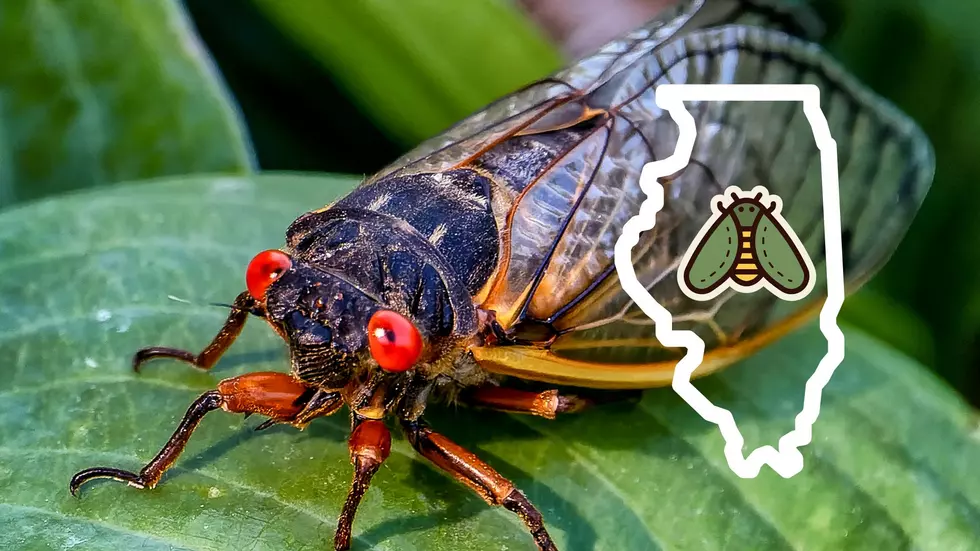
Here’s Your Christmas Tree Selection Guide
URBANA – Christmas trees come in different varieties. Knowing the differences can make the selection process easier, said a University of Illinois Extension horticulture educator.
“Some of the most commonly sold varieties of Christmas trees are balsam fir, Fraser fir, Scotch pine, and white pine,” said Ron Wolford. “Each type has unique tree needle retention, color, and fragrance.”
Wolford provided the following information about Christmas tree varieties.
Balsam Fir (Abies balsamea) has short, flat, long-lasting needles that are rounded at the tip and are a nice, dark green color with a silvery cast and fragrance. It is named for the balsam or resin found in blisters on bark. Resin is used to make microscope slides. It was once sold like chewing gum and was used to treat wounds in the Civil War.
Canaan Fir (Abies balsamea var. phanerolepis) has soft, short, bluish to dark green needles that turn to silver on the underside. Its strong branches and open growing pattern provide good needle retention and fragrance.
Douglas Fir (Pseudotsuga menziesii) has good fragrance and blue to dark green needles that have one of the best aromas among Christmas trees when crushed. Its branches are spreading and drooping, and it has a good conical shape. After being cut, the Douglas fir will last 3 to 4 weeks. Named after David Douglas, who studied the tree in the 1800s, it can live for 1,000 years.
Fraser Fir (Abies fraseri) has dark green, flattened needles; good needle retention; and a nice scent. It is pyramid shaped with strong branches that turn upward. The Fraser fir was named for botanist John Fraser, who explored the southern Appalachians in the late 1700s.
Grand Fir (Adies grandis) has shiny, dark green needles. When crushed, the needles give off a citrusy smell. Grand fir will last 3 to 4 weeks after being cut.
Noble Fir (Abies procera) has blue-green needles with a silvery appearance. Its short, stiff branches are good for heavier ornaments. It keeps well and is used to make wreaths, door swags, and garlands. With good care, the tree will last for 6 weeks after being cut.
Concolor Fir (Abies concolor) has blue-green needles, a citrus scent, and good needle retention. In nature, the concolor fir can live up to 350 years.
Austrian Fir (Pinus nigra) has dark green needles that are 4 to 6 inches long and a moderate fragrance. It retains needles well.
Red Pine (Pinus resinosa) is big and bushy with dark green needles 4 to 6 inches long.
Scotch Pine (Pinus sylvestris) is the most common Christmas tree variety. It has stiff, dark green needles that are 1 inch long and stiff branches that hold heavy ornaments well. It holds needles for 4 weeks; the needles will stay on even when it is dry. Its open structure offers more room for ornaments and it keeps aroma throughout the season. Scotch Pine was introduced into the United States by European settlers.
Virginia Pine (Pinus virginiana) has dark green needles 1½ to 3 inches long in twisted pairs and a strong aromatic pine scent. Its strong branches enable it to hold heavy ornaments. It is a popular southern Christmas tree.
White Pine (Pinus strobus) has soft, blue-green needles, 2 to 5 inches long in bundles of five. It has a very full appearance and retains needles throughout the holiday season. Because it has little or no fragrance, it is less likely than more fragrant trees to provoke allergic reactions. Its slender branches support fewer and smaller decorations than some other types of trees. It is the largest pine tree in the United States and the state tree of Michigan and Maine.
Black Hills Spruce (Pinus glauca var.densata) has green to blue-green needles. Small children might find the stiff needles difficult to handle.
Blue Spruce (Picea pungens) is dark green to powdery blue and has a symmetrical shape. It will drop needles in a warm room but is the best species for needle retention. Branches are stiff and will support many heavy decorations. The blue spruce is the state tree of Utah and Colorado and can live in nature 600 to 800 years.
Norway Spruce (Picea abies) has shiny, dark green needles ½ to 1 inch long, a strong fragrance, and a nice conical shape. Without proper care, needle retention is poor. The Norway spruce is very popular in Europe.
White Spruce (Picea glauca) has needles ½ to ¾ inch long that are green to blue-green, short, and stiff. Needle retention is good, but crushed needles have an unpleasant odor. The white spruce is the state tree of South Dakota.
For more information, visit www.urbanext.uiuc.edu/trees.
*Contributed by Ron Wolford at the University of Illinois
More From KHMO-AM 1070, News-Talk-Sports









